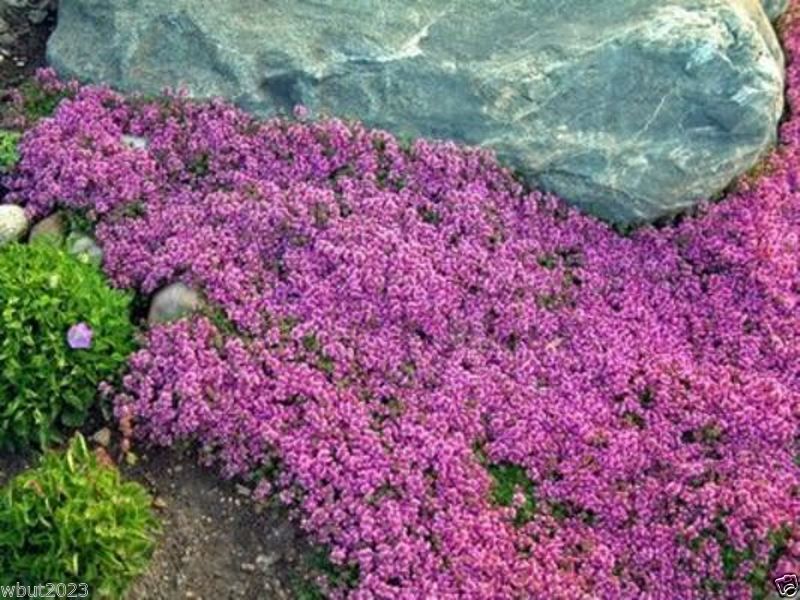

It grows well alongside of footpaths or on gravel beds. Light to moderate foot traffic is best for this particular species. The leaves have a silvery hue because of their fine white hairs. Little flakes of color dapple this ground cover, looking like confetti sprinkled overtop. In the late spring and early summer, miniature pinkish-purple flowers often form. These wooly creeping thyme plants stay very low to the ground, forming a dense carpet.

Tiny, hairy leaves and stems give it its common name. Not as pungently-scented as other thymus species, wooly thyme is still wonderful. Water when soil is dry in the top 3″, do not overwater.Īll About This Fuzzy Thyme Species Fine white hairs give wooly thyme a distinctive silvery-green cast. Green with a silvery cast from the finely-haired tiny leaves Zones 5-8 ideal, 9 if in partial shade during excessive heat

Wooly thyme, woolly thyme, wooly creeping thyme Thymus psuedolanguinosus, Thymus languinosus, Thymus praecox subsp. Source: patrick_standish Scientific Name(s): Let’s explore this edible landscaping plant in a bit more detail! Overview A perfect ground cover, wooly thyme looks great along stepping stones. If planted out of the range of feet, it can be used as a culinary herb as well. While only tolerant of occasional foot traffic, it lets off a faint but beautiful aroma when stepped on. Growing thyme amongst your stepping stones is a great choice. This tiny-leafed plant is a perfect ground cover variety, and can tolerate poor soils. In rock gardens, wooly thyme reigns supreme. Naming Conventions For Thymus Psuedolanguinosus.


 0 kommentar(er)
0 kommentar(er)
